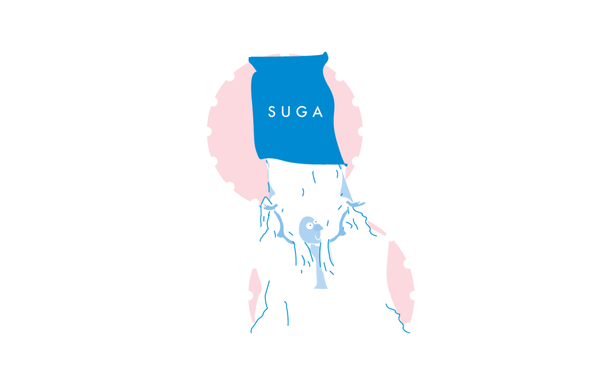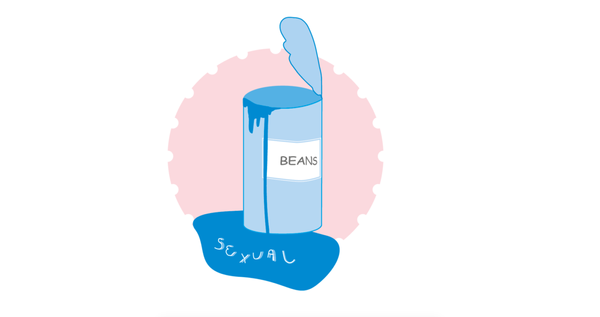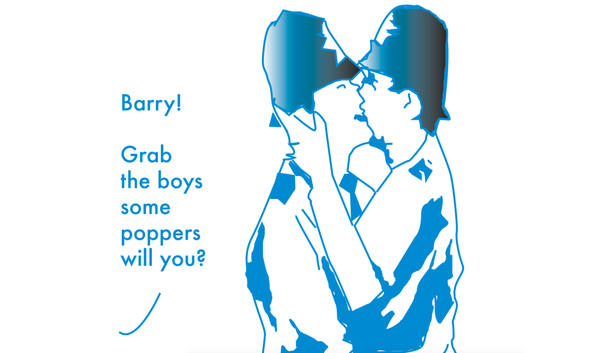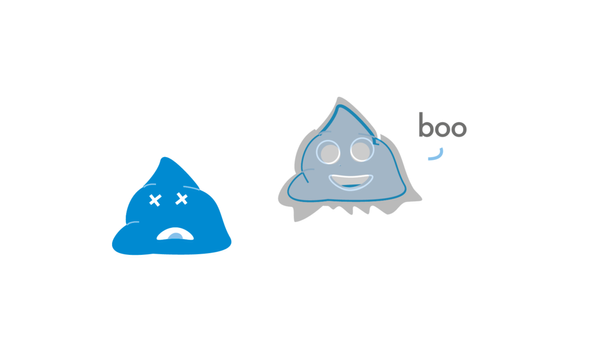Truvada | A cultural symbol
One Truvada pill a day keeps the doctor away

Truvada is a household name in the gay community. It is the name of a small blue pill containing two antiretroviral compounds, emtricitabine and tenofovir, used to treat HIV. But Truvada does so much more that carry antiretroviral properties. It is charged with symbolism and packed with historic meaning.
Approved by the FDA in the early noughties, it is one of the first ‘combination’ treatments developed to combat HIV and the second combination treatment that was developed without the highly toxic AZT. For many HIV patients, Truvada was and still is a synonym to life. Before 1997, and despite the development of multiple drugs, HIV treatments were partly efficacious monotherapies, meaning treatment would consist of a single drug. As our understanding of the virus improved we realised that monotherapies allowed the virus to mutate and develop resistance, which explained the poor results.
However, when the first combination drug was approved by the FDA in 1997, life expectancies improved greatly, allowing HIV positive men and women to live longer, fuller lives. And new medical developments have been reducing side-effects and improving quality of life ever since. In 2004 Truvada became FDA approved, adding to our medical arsenal against the virus, and having it incorporated in PEP (Post Exposure Prophylaxis). In the case of PEP, Truvada is administered (now in conjunction with raltegravir from the NHS) after a high risk encounter (unprotected sex with a positive partner) or a medical accident (accidentaly getting stabbed with a contaminated needle).
In recent years Truvada has also been used on its own as a preventative treatment for HIV and is now commonly used by many gay men. It looks like one Truvada pill a day keeps the doctor away. Or at least reduces new transmissions of HIV by 80 percent, according to the 2016 PROUD study. When one in seven gay men in London have HIV, getting the virus becomes a statistical inevitability. But Truvada has really quickly made the prospect of a future without HIV a lot more concrete. For a lot of gay men, Truvada has come to mean hope.
Sadly it’s also becoming a symbol of the social inequalities that run deep in every community, including the gay community. In the USA, the drug was approved for preemptive use in 2012. Since then, gay men and other high risk groups can be prescribed Truvada in the form of PrEP (Pre Exposure Prophylaxis). But whereas PrEP is covered by most health insurance plans and in some states the drug is freely available to those who are unable to afford it, there still remain millions of uninsured Americans to whom the cost of PrEP can be as high as 13,000$ a year. Similarly in the UK, Truvada is only free if it’s part of emergency PEP. Getting it pre-emptively as part of PrEP at the moment requires shelling out £400 a month. This can disproportionately impact the unemployed, the disadvantaged, the ethnic minorities, the same way it has done since the very beginning of the HIV pandemic, when by 1990, 30 percent of reported cumulative AIDS cases occurred in black men. Today 39 percent of new HIV diagnoses in America come from African-Americans.
There’s another way in which Truvada brings back memories from the 80s, as it reminds us of the marginalisation of the gay community. In the UK, the adoption and prescription of PrEP was preceded by years of campaigning and a legal battle against the NHS. In the meantime many gay men looked for cheap alternatives abroad, putting their health at risk and conducting their own clinical studies out of necessity. Likewise in the early years of the HIV pandemic, the LGBT community was forced to take matters into its own hands. Through activism and organised action, they made governments pour resources into HIV research and even forced the FDA to speed up and alter the drug authorisation procedure, all while trying new illegal drugs, in hope of finding something, anything, that might counter the virus.
I talked to AJ Pittman, who launched IWantPrepNow, an online resource for anyone trying to access PrEP in the UK, and he agrees. “People were doing this in the 80s. It’s 35 years later and governments and world health organisations still haven’t learned. HIV massively disproportionately affects marginalised communities that are easily ignored.”
It also raises questions about the future of safe sex. Will PrEP cause the abandonment of condom use or has Truvada become a symbol of empowerment? “People on Truvada are being safe and taking responsibility of their health” says Pittman. “Some people go on Truvada because they’re already not using condoms and some people might use condoms a bit less but at the end of the day healthcare professionals advise it’s used in conjunction with condoms. Besides there are many other STIs to be worried about.”
Still, this doesn’t stop some members of the gay community being labelled as ‘Truvada Whores’. When asked about the slur Pittman is quick to dismiss it. “No, fuck you, I’m actually being safe” he says cheerfully. “People wear it proudly on their t-shirts. Truvada Whore is a derogatory term that we’re reclaiming.” Maybe if the NHS sold ‘Truvada Whore’ t-shirts it could fund PrEP.










